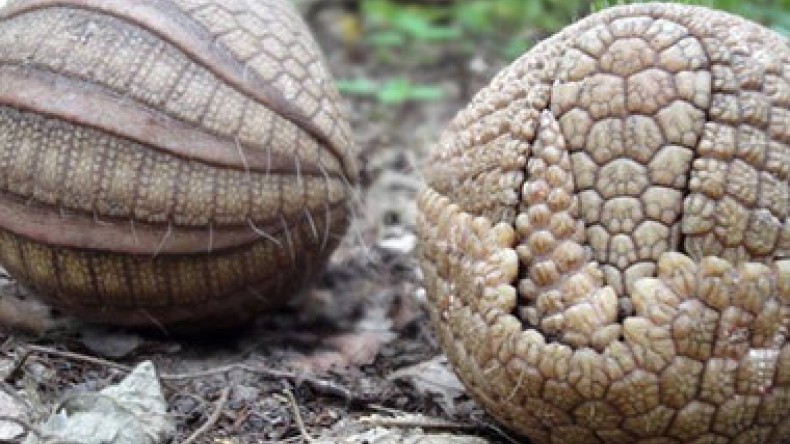
Row over protection for World Cup mascot armadillo
Conservationists in Brazil are challenging football's governing body Fifa to do more to protect the animal that inspired this summer's World Cup mascot, the BBC reported.
The Brazilian three-banded armadillo is listed as a vulnerable species and is the basis of the Fuleco mascot that will feature on official merchandise and souvenirs.
Scientists have called on Fifa and the Brazilian government to designate parts of the armadillo's dry forest habitat as protected areas.
The government has met with scientists to discuss drawing up a conservation plan, but Fifa has not yet responded directly to the challenge.
The football governing body admits it has "no direct relationship with an NGO", but one of its commercial affiliates gave a one-off payment of 100,000 reais (£27,000; $45,000) to the Caatinga Association, which is trying to protect the species.
The armadillo in question, Tolypeutes tricinctus, is found only in Brazil, where it lives in a type of tropical dry forest known as Caatinga, in the country's northeast.
Known locally as the "tatu bola" or "armadillo ball", it protects itself by rolling its flexible armour into an almost perfect and impenetrable ball when threatened. But unlike other armadillo species, this one is not adapted to life underground.
The mascot's name is a combination of the words in Portuguese for "football" and "ecology" and Fifa says "as a member of a vulnerable species, the official mascot can play a key role in driving environmental awareness.”
Brand licensing for merchandise and souvenirs featuring the official marks for World Cup events is worth millions in revenue for Fifa. But scientists say that more of these earnings should be invested in protection for the species.
Newsfeed
Videos






























